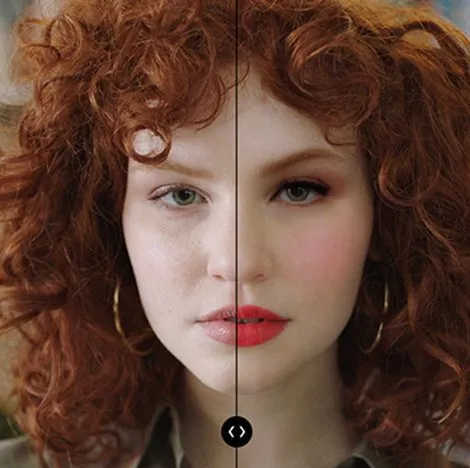Beauty and technology now go hand in hand. What once required a makeup counter, test samples, and perfect lighting can now be done on your phone or computer. The rise of virtual makeup has changed how consumers explore, shop, and share beauty looks. As AI and augmented reality tools evolve, digital try-ons are shaping how people discover products and express creativity.
How Virtual Makeup Works
At its core, virtual makeup uses AI and augmented reality to apply realistic cosmetic effects to a live or uploaded image. The software detects your facial features and applies digital makeup layers in real time. These virtual looks move naturally with your face, showing accurate color, texture, and placement.
For many users, this feels like magic. But it’s actually powered by advanced algorithms that analyze facial landmarks and simulate how light interacts with skin. A virtual makeup app can mimic the exact finish of foundation, gloss, or highlighter with surprising accuracy. This lets users see how products or styles might look before they ever buy or apply them.
Changing Consumer Behavior
The way people shop for beauty has shifted dramatically. Consumers no longer want to buy based only on photos or reviews. They want personalization and proof. Digital try-ons deliver both.
Instead of testing physical samples in-store, shoppers can instantly see how a color looks on their face with a virtual makeup app. This reduces hygiene concerns and saves time. It also allows users to compare shades side by side or test full-face looks that would be difficult to recreate physically.
Younger audiences in particular have embraced these tools. They see digital beauty as a natural part of self-expression. For them, trying on makeup virtually is as normal as adding a filter to a selfie. As a result, virtual tools are not just about buying makeup anymore—they’re about experimenting, sharing, and building confidence.
Integration with E-Commerce
The beauty industry has quickly recognized the power of this technology for online sales. Many e-commerce platforms now integrate virtual makeup try-on tools directly into product pages. Shoppers can click on a lipstick or foundation shade, upload a photo, and instantly see the color applied to their own face.
This interactivity makes the online experience more engaging and informative. It helps reduce returns caused by shade mismatches, which has been a long-time challenge in digital beauty sales. It also keeps customers browsing longer, allowing them to explore more shades and styles in a single visit.
Some retailers have even added live tutorials alongside digital try-ons. This combination of guidance and personalization creates an experience that feels more like a real consultation than a simple online purchase.
The Role of AI and Personalization
AI is the backbone of this transformation. It allows apps and websites to adapt to individual users. By analyzing skin tone, facial features, and lighting conditions, AI can recommend makeup looks that suit each person’s unique characteristics.
For example, a virtual makeup app might suggest warmer tones for one user and cooler tones for another based on undertones detected in their selfie. Over time, these tools learn from user preferences, offering even more precise results.
Virtual Beauty as a Creative Outlet
Virtual beauty isn’t only about shopping smarter—it’s also about exploring creativity. Users can test avant-garde styles, festival looks, or seasonal trends without any commitment. It’s a way to play with identity, color, and style safely and instantly.
For makeup artists and creators, virtual tools are valuable for demonstrating techniques and visualizing ideas before real-life application. Many professionals use virtual makeup platforms to design looks for clients or photoshoots, making collaboration faster and easier.
Why Digital Try-Ons Are the Future
Virtual try-ons solve several long-standing issues in the beauty industry. They remove barriers like location, cost, and hygiene concerns. They make the shopping experience faster, more accurate, and more fun. Most importantly, they empower people to experiment and make confident decisions.
As technology improves, these tools will only get more sophisticated. Future versions will likely include real-time lighting simulation, texture detail, and even scent integration for a complete virtual experience. But the core idea will remain the same: helping people see themselves in new ways.
 :
https://www.pinterest.com/
:
https://www.pinterest.com/

